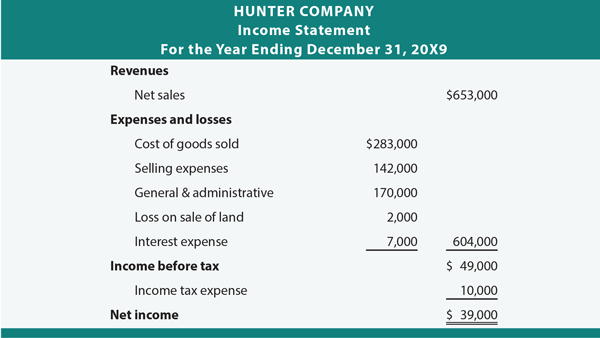Reporting Your Interest Income
Post on: 4 Июль, 2015 No Comment

Tax must be paid by investors who receive interest income from their bonds, mutual funds. certificate of deposits ( CDs) and demand deposit accounts. Some interest is fully taxable, while other forms are partially taxable. This article will break down the different types of interest and how each kind is taxed, as well as what forms you need in order to correctly report them.
Types of Interest Income
The following are the main types of interest income:
- Interest from CDs, corporate bonds and some types of government agency securities
- Checking, savings or other interest-bearing accounts
- U.S. government obligations. These are taxable at the federal level only; municipal bond interest is exempt from taxation of any kind, unless the alternative minimum tax (AMT) applies .
How Is Taxable Interest Taxed?
Regular taxable interest is taxed as ordinary income, just like an i ndividual retirement account ( IRA) or retirement plan distribution. This means that the interest will be taxed at the taxpayer’s top marginal tax rate. For example, if a taxpayer is in the 33% tax bracket, then all of his or her interest income will be taxed at 33%. This rule applies for interest that is both fully taxable at all levels and also for interest that is taxable only at the federal level.
Which Forms Do I Use?
Any payer of investment income must issue a Form 1099-INT to all recipients because it shows the amount and type of interest that was paid during the year. Any investor that receives a Form 1099-INT must be able to transcribe the information correctly on to the Schedule A & B Internal Revenue Service ( IRS) Form.
What Do These Boxes Mean?
The 1099-INT form has several different boxes that list various types of interest income. The following is a brief list of the kind of income that is reported in each box:
: Interest Income — The amount of regular interest that has been paid from fully taxable instruments, such as corporate bonds, mutual funds, CDs and demand deposit accounts.
: Early Withdrawal Penalty — The total amount of early withdrawal penalties from CDs or other securities that you paid during the year. This amount is considered an above-the line deduction on the 1040.
: Interest on U.S. Savings Bonds and Treasury Obligations — This number goes on a different line on the Schedule B because it is only taxable at the federal level. The income in this box is separate from the income in

Box 1
: Federal Income Tax Withheld — The total amount of backup withholding on your interest income. Most interest payers must withhold tax at a 28% rate if the investor either failed to provide his or her tax ID, Social Security number (SSN) or provided an incorrect number. This number is added to the amount of withholding from your employer on the 1040.
: Investment Expenses — The total amount of deductible expenses relating to your investment income from a single-class real estate mortgage investment conduits (REMIC). This figure can be added to any amount in
Box 2
and carried to the Schedule A as a miscellaneous investment expense.
: Foreign Tax Paid — Any tax on your interest income that has been paid to a foreign country. If the foreign country has a tax treaty with the United States, this tax is usually either a deduction, or a credit.
: Foreign Country or U.S. Possession — The foreign entity to which the tax in
Box 6
was paid.
: Tax-Exempt Interest — Any interest that is exempt from all levels of tax for any reason, including tax-free dividends from mutual funds or other regulated investment companies. This figure is reported on line 8b of the 1040.
: Specified Private Activity Bond Interest — This box reflects tax-exempt interest that is subject to AMT. This amount is also included in
Each payer of interest will issue a separate 1099-INT to its investors. Investors will report all of the interest income received for the year on Part 1 of Schedule B of the 1040.
Conclusion














